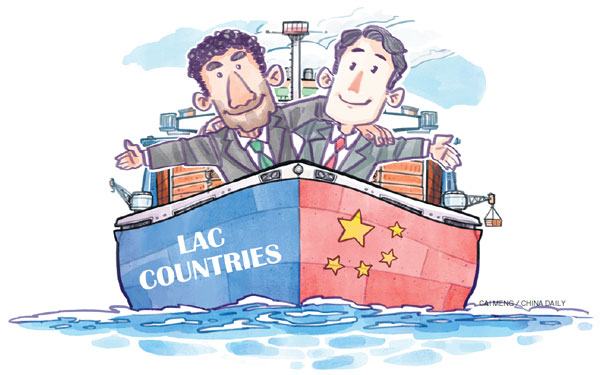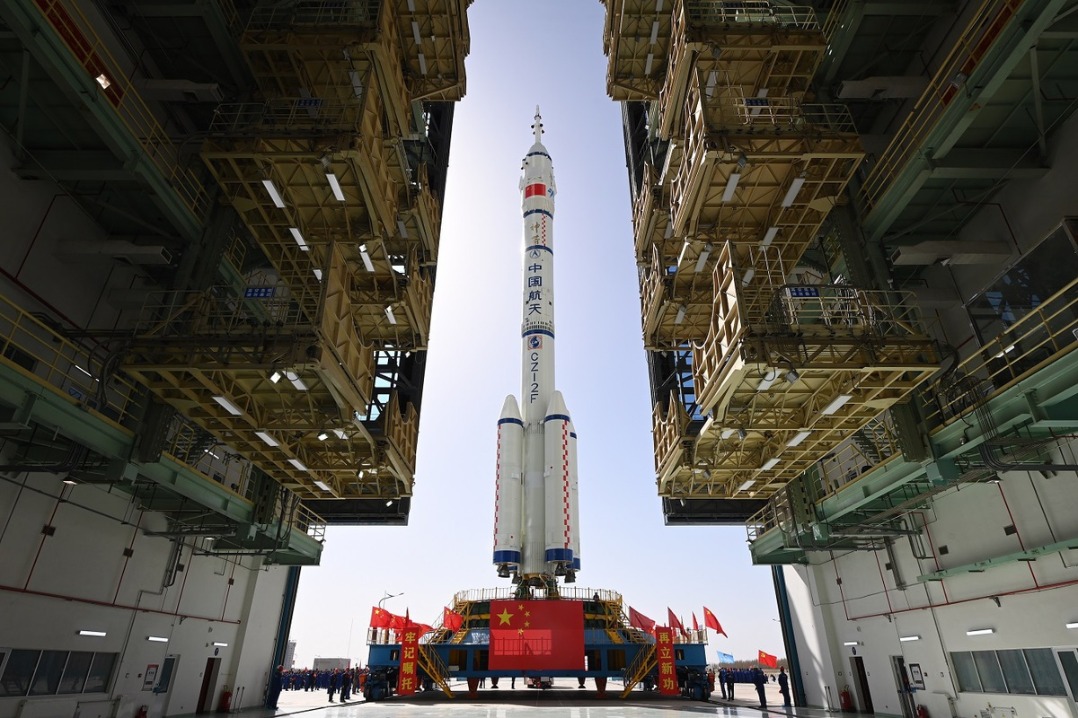2019, turbulent year with silver lining for LatAm
By Cui Yuanlei | Xinhua | Updated: 2019-12-26 14:32

The year of 2019 has been a turbulent one for Latin America and the Caribbean (LAC), with protests breaking out across the region, mainly against economic hardship, but there is a silver lining in the region.
Chile continues to see occasional unrest, though the mass demonstrations initially sparked by a hike in subway fares appear to be petering out as the government rolls out concessions.
Bolivia is striving to regain its footing after its first indigenous president, Evo Morales, won reelection to a fourth term but later resigned and left the country after the nation's armed forces withdrew their support for him.
Ecuador's government faced a swift backlash in October after it scrapped fuel subsidies, forcing the government to quickly walk back the measure.
In Peru, President Martin Vizcarra dissolved a congress resisting his anti-corruption reforms, and is now wrestling with lawmakers bent on truncating his presidency.
Unrest and political uncertainty have led to substantial losses in productivity and revenue against an already bleak economic landscape.
Chile's economic activity in October fell 3.4 percent year-on-year, registering the largest decrease since the 2008 global financial crisis, the Central Bank of Chile said in early December.
Mexico, the region's second largest economy, has stagnated, while in third-ranked Argentina, the incoming administration has taken over a shattered economy with high inflation and negative growth that must somehow repay the biggest loan in the history of the International Monetary Fund.
In a recent report released by the United Nations Economic Commission for Latin America and the Caribbean (ECLAC), growth in the region's economic activity in 2019 is forecast to reach an average expansion of 0.1 percent in Latin America and the Caribbean.
The organization also projected that the region will continue a path of low growth, with a 1.3-percent estimated expansion in gross domestic product (GDP).
"That would mean Latin America and the Caribbean will have spent seven years on a plateau of low growth, which in turn has translated into deteriorating levels of average per capita income," the ECLAC said in a separate report released in November.
"The region's GDP per capita is seen shrinking by 4 percent between 2014 and 2019, which implies an average annual decline of -0.8 percent," the ECLAC said.
Zero or minimal economic growth has sowed discontent across the continent, especially in the wake of the region's relative prosperity that marked the turn of this century.
A commodity boom in the first decade led to a significant boost in trade, which generated jobs and income, and middle-class expansion. Now, at the tail end of the commodity boom, growth has slowed to a sputter, revealing the region's prevailing inequality.
Latin American decision-makers now face a dilemma. On the one hand, they want to make policy adjustments or take austerity measures to boost the economy and reduce deficits. On the other, they lack enough public support to push through reforms.
However, the brisk bilateral trade and booming cooperation with China could be a silver lining to the region's lackluster economic outlook.
In the first half of 2019, trade between China and Latin America reached 147.1 billion U.S. dollars, up by 1.3 percent year-on-year, according to statistics from the China customs agency.
Five years ago, Chinese President Xi Jinping proposed building a China-Latin America community with a shared future, ushering in a new era in China-Latin America ties.
Bilateral practical cooperation has brought concrete benefits to Latin Americans in such areas as infrastructure, transportation and renewable energy.
Chinese-manufactured electric buses are helping to promote sustainable mobility in some of Latin America's largest cities, while Chinese ride-hailing companies, like DiDi Chuxing, are making the service more competitive for the benefit of riders.
Chile is forecasting record cherry exports this season, mainly driven by consumer demand in China, which accounted for 88 percent of the South American country's total cherry exports last season.
In Brazil and Argentina, consumers are relying on green energy supplied by joint China-Latin America cooperation projects to cut down on fossil fuels and protect the environment.
Since many of these projects have been carried out under the framework of China-proposed Belt and Road Initiative (BRI), the BRI has seen growing recognition in the region. So far, 19 LAC countries have signed BRI cooperation agreements with China.
In a world plagued with rising tide of trade protectionism and economic isolationism, China and the LAC countries need to work more closely with each other so as to boost the economic development in the whole region.























